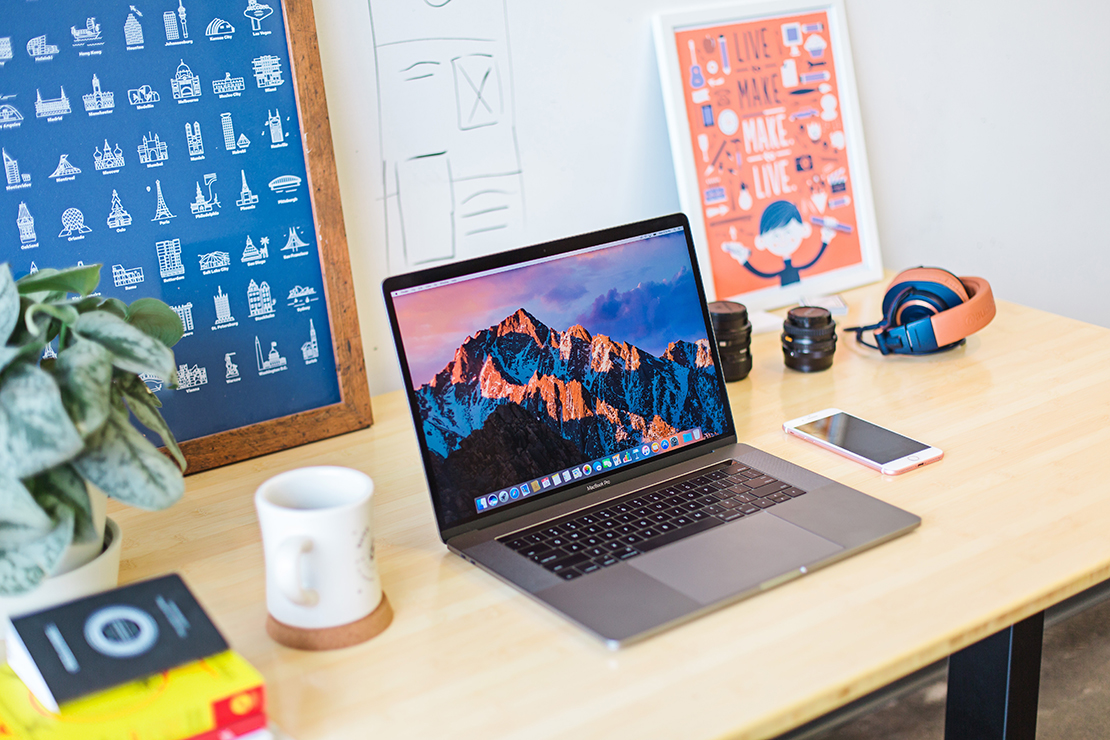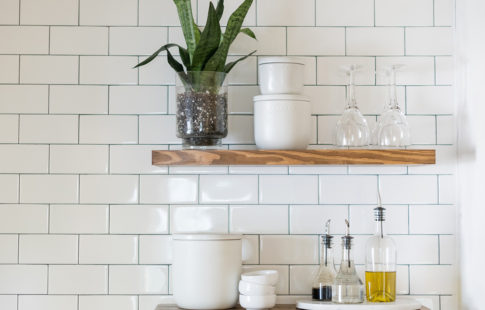Estimated reading time: 5 minutes
Working from home can be difficult, but we’ve pulled together some tips and tricks to help keep you as productive as possible during the COVID-19 pandemic, and long after.
Wladislaw Rivkin, a Lecturer in Work and Organizational Psychology at Aston University, recommends setting strict limits on work and leisure times, and establishing simple routines – even if it’s just having a coffee break at the same time each day. You can read more of his tips here.
Choosing your workspace
Experts say one of the key things you can do at home is set up a dedicated office space, rather than simply moving your laptop around the house and working in a different spot each time. This will let you keep business and leisure time separate, and really helps when it comes to switching off from work.
Choose your spot carefully. Experts advise not to use your bedroom as an office. It will make it tough to switch off and may even impact your sleep.
If you have the space, keep your work area in a different room entirely to your leisure space. It’s also worth thinking carefully about where your desk is placed – some people find being next to a window just too distracting, while it can also cause problems with glare. It’s really about what you feel comfortable with – and don’t be afraid to rearrange the furniture until you get it right.
Now might be the perfect time to convert that spare bedroom or attic space into a home office.
Managing your day
Working from home can be incredibly distracting, and it’s important to establish routines to keep you focused.
This can be as simple as starting your day on time and with the same simple task to ease you into things. Take your coffee and lunch breaks at the same time each day, and don’t fall into the trap of putting off things and doing them in the evening so you can slip in an episode of that Netflix hit in the afternoon.
It’s also worth honing your meeting management skills – don’t be afraid to say no to them, and to block out time on your calendar to get the work you need to do done. It’s incredibly important to keep a clear distinction between work and leisure time, and studies have shown people to tend to work longer hours at home.
It’s also important to manage the time you spend with your kids and pets, otherwise the whole day can easily be lost.
Office upgrades
Once you decide on your office space, there are some simple home upgrades that can boost your productivity – and we’ve even got some tips to keep you focused for a full day’s work.
When looking for office design ideas that promote productivity, think about the things you relied on when working in a traditional office space. If your job requires brainstorming and creative thinking, invest in a dry erase board that gives you the space to sketch and jot down ideas.
If you take a lot of phone calls, consider adding a landline to ensure that your reception is clear, while keeping work calls separate from personal calls. If you expense your business calls, then keeping them on a separate bill can make submitting them very simple.
If you’re most comfortable working on dual screens in an office environment, invest in a second monitor for your home office (or ask your company if they’ll supply you with one). Remember that you’ll need an extra power outlet, though.
Lastly, if your home Wi-Fi reception is a little patchy, consider upgrading your router or call your servicer provider to discuss other options.
A standing desk
Having an option to stand for at least part of the day is a healthy choice for those of us who have to work at a desk for eight or more hours per day. With a standing desk, you’ll have the option of either standing or sitting – and it’s a great idea to regularly switch between the two.
Studies have linked excessive sitting with a host of health issues, including Type 2 diabetes, cancer, and heart disease. It’s also worth investing in a good standing pad if you’re going to be using a standing desk – your feet deserve some comfort, too!
Buy a new chair (and set it up correctly)
If you are going to be using a traditional desk, upgrading your chair can make all the difference. You should be sitting upright and eye-level to your computer screen with your feet resting firmly on the floor (or a footrest if you’re on the shorter side). Sitting in the correct position may feel a little unnatural at first, but you’ll realize the benefit as soon as you work a full day without getting stiff muscles or feeling like you have to constantly adjust.
Keep your wires clean
Chargers, monitors, keyboards, mice, external hard drives – they all come with a plethora of power supplies and cables. To keep your workspace from looking like the inside of a switchboard, use Velcro cable ties to keep everything bundled together and out of the way. You can also use a USB hub to move your cabling away from your machine, keeping your desktop tidy. If you’re investing in a new monitor, look for one that includes a USB hub feature – plenty of new models do.
Better lighting
Improving the lighting in your home office is another simple way to transform your space. Adding a few well-placed lamps with higher-watt bulbs will not only warm up the room, but also make reading print and looking at your computer screen much easier on your eyes—especially toward the end of a long workday.
Consider adding both a floor lamp for general lighting and a desk lamp for more focused lighting. It’s also worth playing around with your lighting to make sure you’re looking your best for video calls. Make sure the light source is in front of your face, though. Placing it behind you can give a backlit effect which can look odd and may even make it difficult to see your face as the camera adjusts to compensate.







